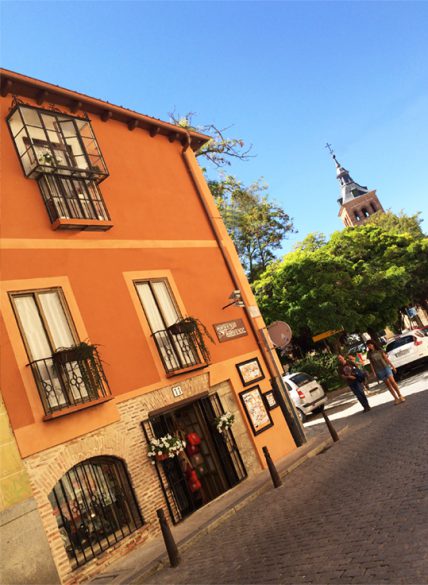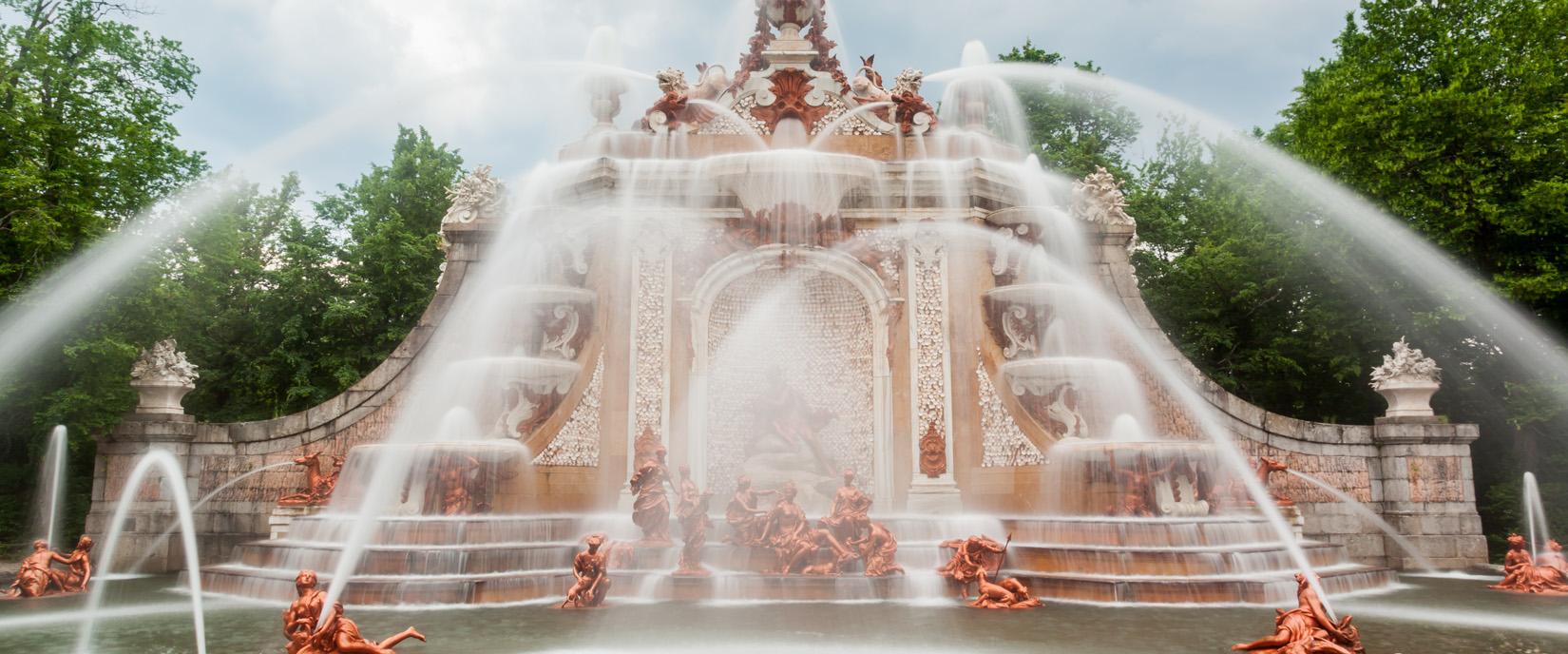
A few metres down from the Main Square, on your way to the Alcazar, you get to the road called Marques del Arco. It is one of the most commercial ones in town and there are quite a bunch of shops in it. You will find there anything and everything from souvenirs to clothing or jewellery. However, here goes some advice: Kukul, one of the most amusing ones, for the originality of the clothes they sell; but not just that, also jewellery from all over the world.
A bit further down the road a very special bookshop called Icaro. Distributed in two floors, you will be able to find the latest in literature and the couple who run it are incredibly helpful.
Opposite the bookshop there is a magnificent building with a beautiful patio, there is a shop there called El angel de la guarda. Designer clothes, marvellous necklaces made out of glass, handbags and very stylish hats. If you want to dress to impress, then look no further.
Just before getting to the Plaza de la Merced, and facing one another, Freia, a very special patisserie and Monton de trigo monton de paja. The latter sells plentiful of the most exclusive souvenirs and handcrafted items from Segovia in case you need to want to buy something for someone back home who means the world to you.
Last, we have to talk about Zuloaga ceramics workshop, just opposite the square and the church. The owner is the great grandson of the famous ceramist Daniel Zuloaga and has maintained the family tradition. All pieces are hand-made and hand-painted, a rare treat these days where everything comes from mass productions.
I bet you want to visit them all by now, don’t you?


